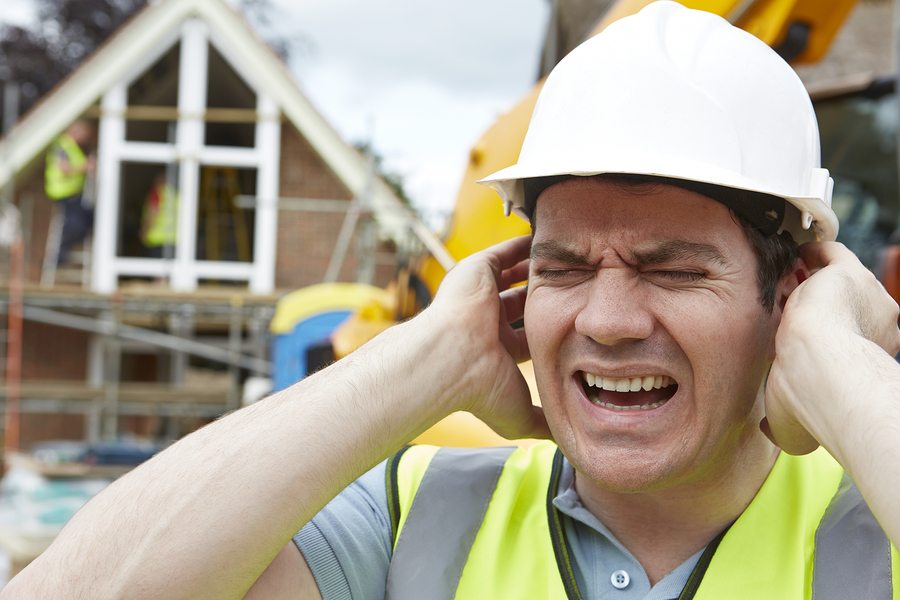
According to the Occupational Safety and Health Administration (OSHA), 30 million people in the U.S. encounter hazardous noise levels on the job every year. Thousands of these workers suffer preventable Occupational Hearing Loss as a result. It’s an all too common and expensive occupational injury. In fact, hearing loss disability costs our nation an estimated $242 million annually in worker’s compensation according to the Centers for Disease Control and Prevention. While medical science is as yet unable to cure noise-induced hearing loss, employers can help to prevent it.
How Much Noise is Too Much?
OSHA recommendations include keeping workplace noise levels below 85 decibels (dBA) over an eight-hour time-weighted average. While research has indicated that regular, eight-hour exposures to 85-dBA noise can damage your workers’ hearing, higher noise levels cause damage even faster. For example, at 100 dBA, repeated exposures of as little as one hour per day can cause irreparable hearing loss.
Construction worksites are particularly noisy due to the equipment regularly used within them. For example, graders and scrapers produce noise at 107 dBA, jackhammers run at 102 dBA, and even bulldozers are as loud as 100 dBA. Concrete saws and electric grinders emit 98 dBA, while nail guns (97 dBA), forklifts (93 dBA) and belt sanders (90 dBA) also produce noise levels well above the OSHA recommended 85-dBA level.
What Can You Do?
One of the simplest ways to reduce hazardous noise exposure on your construction jobsite is to create a plan of attack before the project begins. This requires the general contractor, contractors and subcontractors to discuss activities and equipment use that is likely to generate hazardous noise as well as ways you can limit your employees’ exposure in addition to providing OSHA-required personal protective equipment. To get started, consider the following:
- Reduce Noise Levels – Whenever possible, choose the quietest equipment available. For example, one brand of generator may naturally produce fewer dBAs than another does. Proper maintenance is also essential. When you change seals, lubricate parts, replace blades and install mufflers, you can often reduce noise level production significantly.
- Move the Source – Noise level exposure goes down as you increase the distance between noisy equipment and your workers. Use extension cords, air hoses and other devices to move equipment farther away from wherever the main work area happens to be on a given day.
- Block the Noise – Construct temporary barriers out of plywood or other on-site materials and place them around your noisiest equipment. This will reduce the noise level exposure of other workers on the jobsite.
- Change the Schedule – Scheduling the loudest construction activities for times when the fewest number of workers are onsite is a very effective way to reduce hazardous noise exposure.
The National Institute for Occupational Safety and Health (NIOSH) recommends all employers implement a program for hearing loss prevention that includes noise assessments, engineering controls (such as acoustic barriers), audiometric monitoring, hearing protection equipment, worker education, record keeping and regular evaluation. You can find a number of resources on the OSHA website that should be of help regardless of your industry.


